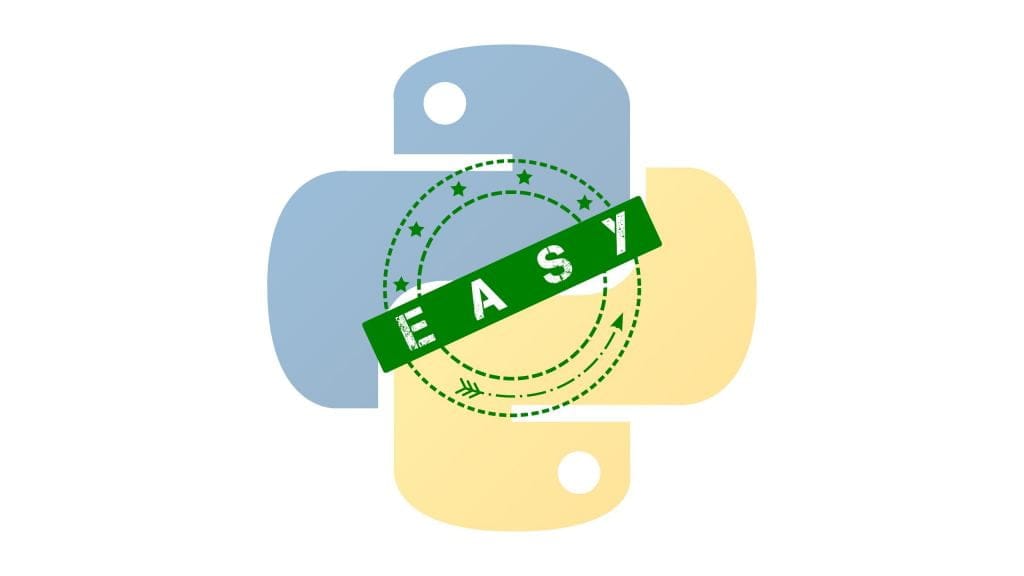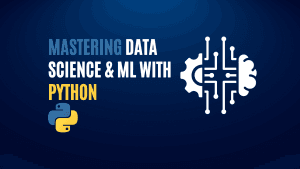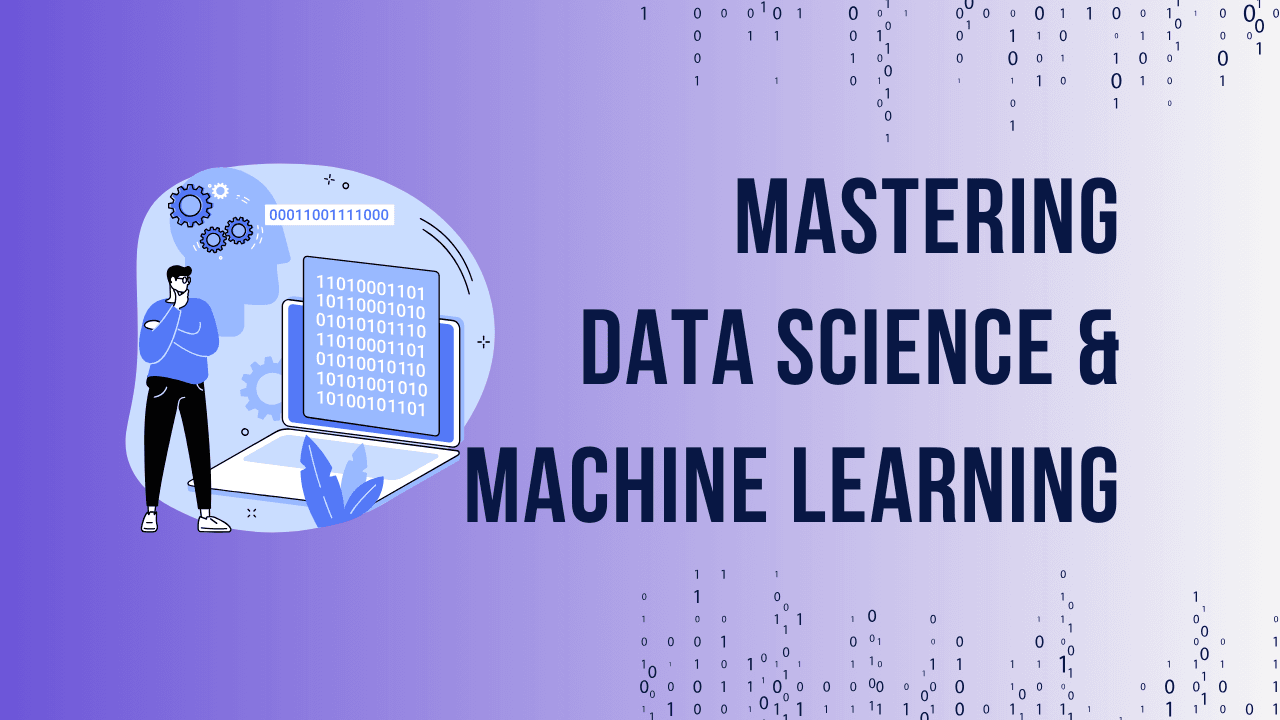In today’s data-driven world, the field of data science has emerged as a crucial discipline for extracting valuable insights from vast amounts of information. Python, a versatile programming language known for its simplicity and powerful capabilities, has become a popular tool for data analysis and machine learning. As we look ahead to 2024, the synergy between data science and Python is expected to grow even stronger. In this article, we delve into the five compelling reasons why learning data science with Python in 2024 is not only beneficial but essential for anyone looking to thrive in this evolving landscape.
Table of Contents
Toggle1. Python is Easy to Learn and Use:

Python is renowned for its simplicity and readability. Compared to other programming languages like C++ or Java, Python has a very clean and intuitive syntax that is easy for beginners to pick up. Its English-like commands and lack of strict data types make it an accessible language, even for those without a computer science background.
This ease of use extends to data science applications as well. Python’s data science libraries like NumPy, Pandas, and Matplotlib provide powerful functionality for tasks like data manipulation, analysis, and visualization, all while maintaining Python’s user-friendly nature. This makes Python an ideal choice for aspiring data scientists who want to quickly get up to speed on the technical skills required for the field.
Ready to take you Data Science and Machine Learning skills to the next level? Check out our comprehensive Mastering Data Science and ML with Python course.
2. Python has a Vast and Supportive Community

Python boasts one of the largest and most active programming communities in the world. With over 8 million users, the Python community is constantly growing, developing new tools and libraries, and sharing knowledge and resources.
This community support is invaluable for data science learners. There are countless online tutorials, documentation, forums, and open-source projects available to help you learn Python and apply it to data science tasks. Major platforms like Stack Overflow, GitHub, and Kaggle are teeming with Python-related content and discussions.
Additionally, Python has a reputation for being “batteries included” – the standard library provides a wide range of functionality out of the box. This means you can often find pre-built Python packages and modules to handle common data science workflows, without having to reinvent the wheel.
3. Python is Versatile and Widely Adopted:
Python has come a long way from its humble beginnings as a general-purpose programming language. Nowadays, it’s like a Swiss Army knife that can be used in all sorts of industries and applications. Whether you’re into web development, scientific computing, or artificial intelligence, Python’s got your back.
In the world of data science, Python is a big deal. It’s one of the most popular languages out there, especially when it comes to crunching numbers and building machine learning models. According to the 2022 Stack Overflow Developer Survey, Python is ranked second overall and number one for data science and machine learning. Big players like Google, Facebook, and Netflix rely on Python to power their data-driven projects.
With Python being so widely used, learning it for data science can open up a ton of job opportunities. Companies are always on the lookout for Python-savvy folks, so mastering the language can give you a leg up in the competitive data science job market.
4. Python has Robust Data Science Libraries:
While Python started as a general-purpose programming language, it has evolved into a jack-of-all-trades that is used across a diverse range of industries and applications. From web development to scientific computing to artificial intelligence, Python’s versatility makes it an invaluable tool for any aspiring data scientist.
Python libraries for data science include:
- NumPy: NumPy is like the superhero of scientific computing in Python. It’s got your back when you need to work with big, fancy arrays and matrices, plus a bunch of cool math functions to play with. Forget about Python’s basic list – NumPy arrays are faster and more flexible, perfect for crunching numbers, analyzing data, and diving into machine learning.
- Pandas: Pandas is the ultimate data wizard. This open-source library is all about making data manipulation and analysis a breeze. With tools for handling all kinds of data structures and time series data, Pandas’ DataFrame and Series are your go-to for loading, cleaning, and analyzing data from any source.
- Matplotlib: Matplotlib is the artist of the data science world. This library is your ticket to creating stunning visualizations in Python, whether you want static, animated, or interactive plots. With a ton of plotting functions and tools at your disposal, Matplotlib is the perfect sidekick for showing off your data in style.
- Scikit-learn:Scikit-learn is the machine learning guru you’ve been looking for. Packed with classification, regression, and clustering algorithms like support vector machines and random forests, this library is your one-stop shop for all things machine learning.
- TensorFlow:TensorFlow is the powerhouse of numerical computation and machine learning. This open-source library is your best friend when you need to tackle big-scale projects and dive deep into the world of machine learning.
5. Python is Future-Proof:
As data science becomes more and more important, Python is becoming even more essential in the field. The U.S. Bureau of Labor Statistics predicts that jobs for data scientists and mathematical scientists will increase by 36% from 2021 to 2031, which is way faster than the average for all jobs.
This growth in data science jobs shows that learning Python for data science is a smart move for the future. Python skills will continue to be valuable and in demand, so the time and effort you put into learning the language will definitely pay off in the long run.
Plus, the Python community is always coming up with new libraries and tools to make the language even better. This means that as data science techniques and technologies change, Python will change too, keeping you up to date with the latest trends in the field.
Ready to take you Data Science and Machine Learning skills to the next level? Check out our comprehensive Mastering Data Science and ML with Python course.



